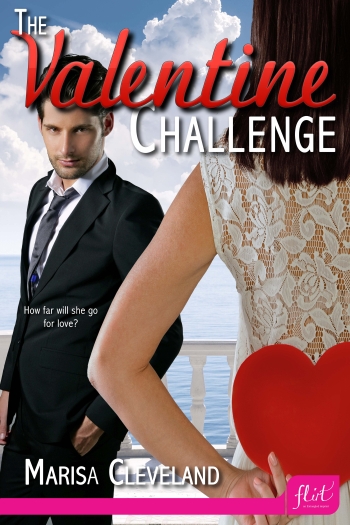Forensic Case Files: 9th Century Remains of King Alfred Discovered?
/It seems like English kings are popping up all over the place recently. A few weeks ago I shared the story of King Richard III’s positively identified remains in Leicester. Shortly after that story broke, Ann (who is always my best resource) found a story about archeologists in Winchester who believed remains found in an unmarked grave are those of King Alfred the Great (849 – 899 A.D.).
Following the death of his three older brothers, Alfred took the throne at twenty-two. Over the course of his reign, he became best known for keeping the Viking invasion at bay, thus ensuring English as the country’s spoken language and Christianity as its religion. First called the King of Wessex (an area of southwestern England), he was successful at repelling the Danish invaders in his own kingdom before recapturing London from the Danes and making peace with their leader, Guthrum. Known afterwards as the first King of the English, Alfred was also responsible for introducing new military responses to specifically counter new Danish strategies, significantly improving England’s naval power, introducing the country’s first written code of law, and introducing a standard system of coins.
Following his death in 899 A.D. from natural causes (possibly Crohn’s Disease), Alfred was buried in first in Winchester, a city in the south of England. Later, his remains were transferred to the newly opened Hyde Abbey in 1110, along with the remains of his wife and children. In 1539, during Henry VIII's dissolution of all Catholic abbeys and monasteries, Hyde Abbey was demolished, but the graves were left intact. In the eighteenth century, the graves were robbed and stripped of all contents, and later excavations showed Alfred’s grave to be empty.
In the late 1800’s, a vicar at St. Bartholomew’s Church in Winchester paid ten shillings for a collection of bones rumoured to have originated at Hyde Abbey. These bones, including five skulls, where interred at St. Bartholomew’s Church until archeologists recently identified the remains as possibly belonging to King Alfred the Great.
This archaeological team will face challenges that Richard III’s team did not, including:
- Multiple individuals interred in the same grave—a forensic anthropologist will be able to determine sex from some bones, relative height from others, and will try to separate each individual’s remains.
- Age of the remains—King Alfred’s remains are six centuries older than those of Richard III, and the chances of extracting viable DNA are much smaller. Scientists have been trying to recover DNA from Alfred’s granddaughter's remains, but have not yet been successful.
- No known living relative—Genealogy before the turn of the first millennium was not documented as it was after Richard III. If Alfred’s family line continues to this day, his relatives are most likely unaware of the connection.
- Radiocarbon dating is probably the best chance to age match the remains.
The team will begin excavating the remains during spring 2013 and hopes to have results by summer.
It's Goodreads giveaway time! Five Star is giving away 10 copies to American entrants, ending on March 25, 2013: http://www.goodreads.com/giveaway/show/41803-dead-without-a-stone-to-tell-it
Photo credit: Odejea via Wikimedia Commons











 12.1%
12.1%